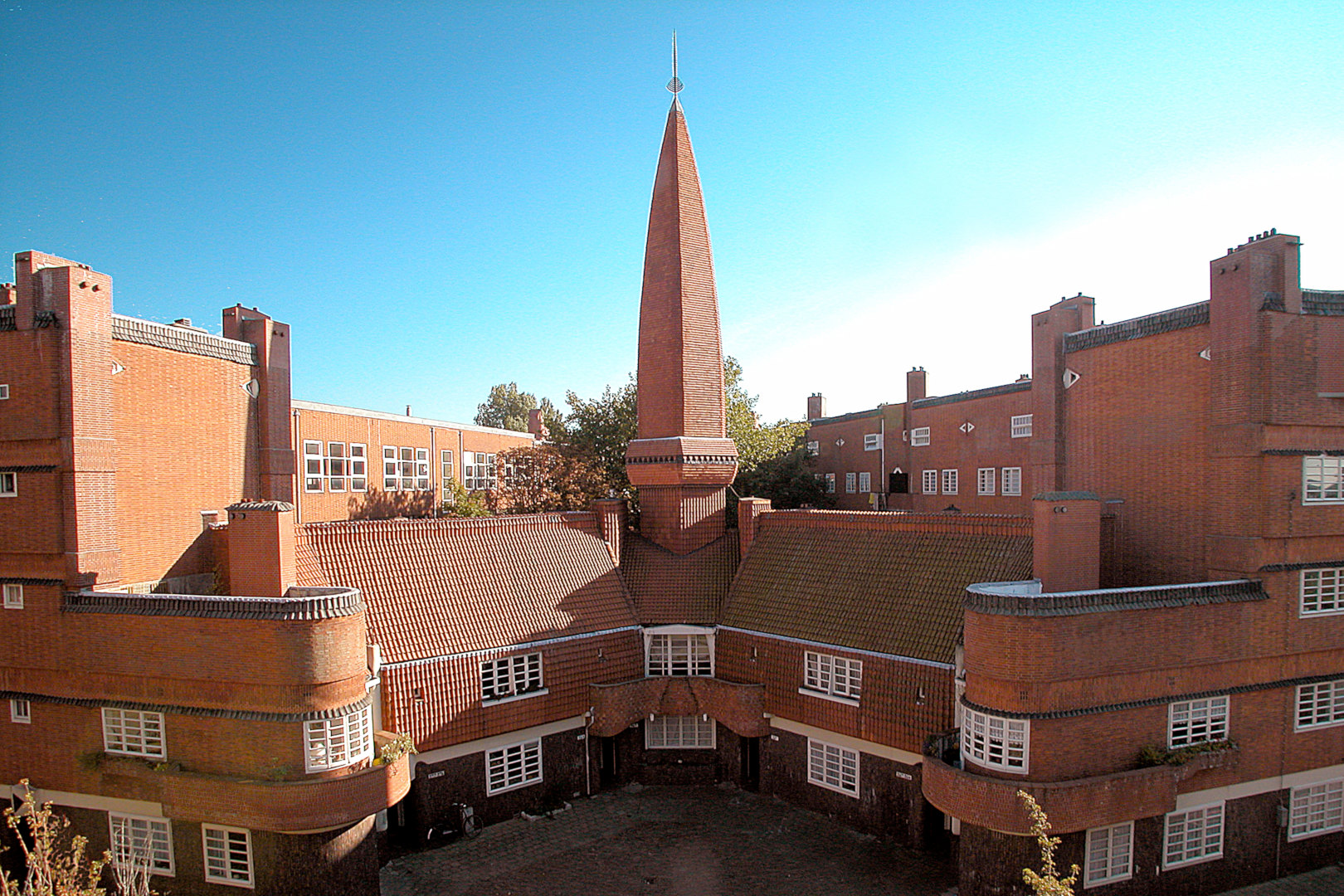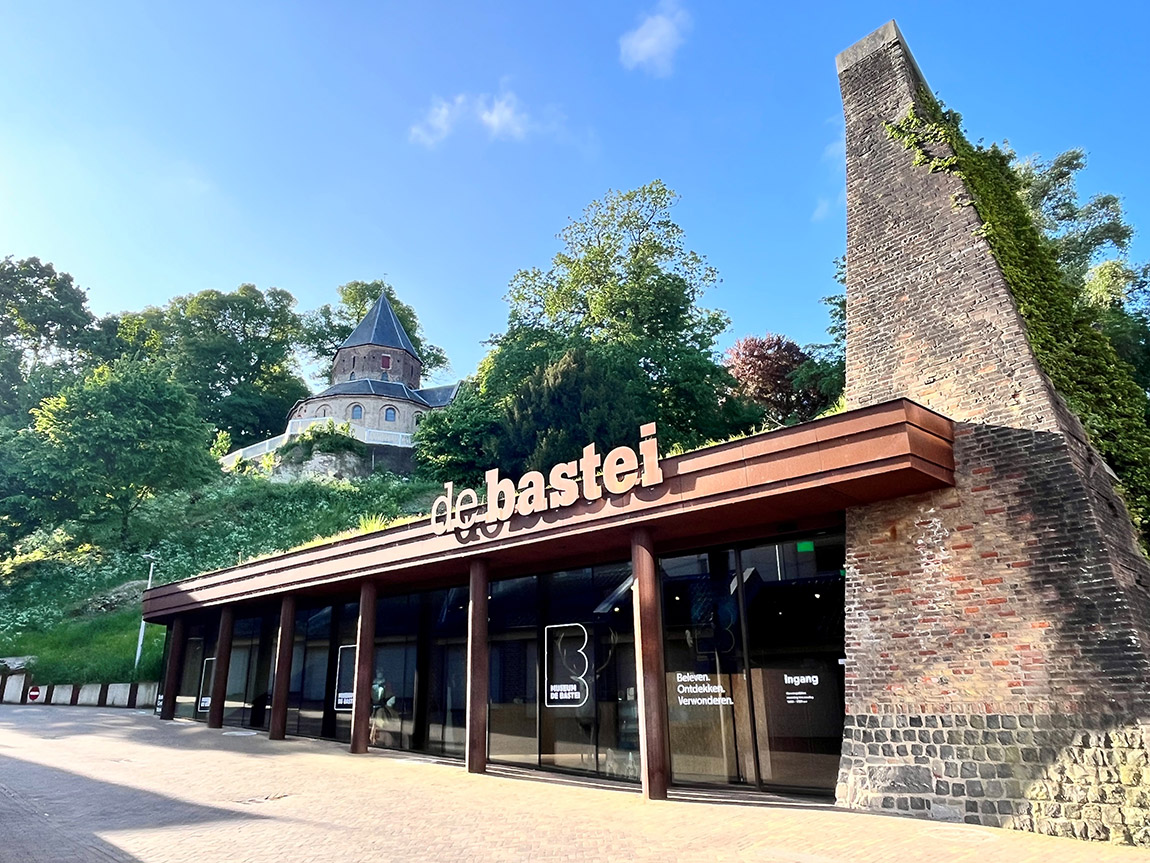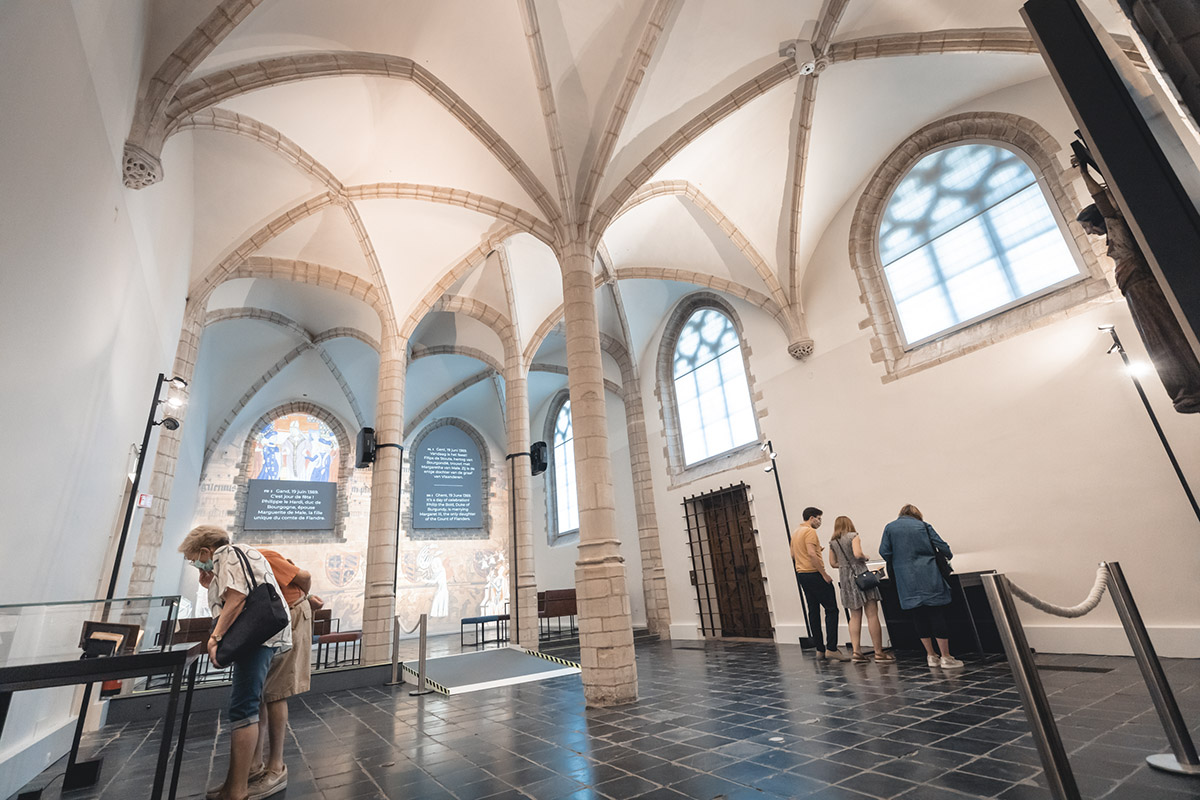Museum Het Schip: Amsterdam’s bright-red centenarian
Text: Arne Adriaenssens | Photos © Museum Het Schip

During the 1920s, the Amsterdam School architecture movement blew a fresh wind through the Dutch architecture sector. With crimson bricks as their material of choice, they made architecture and applied arts for the working class. At Museum Het Schip, their visionary minds open up to the public.
In 1901, the Dutch parliament voted the Housing Act to put an end to the inhumane living conditions in the suburbs of its cities. Slums would shut down and social housing buildings would rise in their ashes. The most impressive of them all would be Het Schip: a masterpiece of the Amsterdam School. “Architect Michel de Klerk created this building with lots of love for the working class,” says Alice Roegholt, director of Museum Het Schip. “By implementing a post office in the complex, its residents could even bank, call or send letters, and be a part of the modern society.”
Today, most of the building is still used for social housing. The post office and the former kindergarten, however, now house Museum Het Schip: an altar for the Amsterdam School. Inside the museum, you can discover how the architecture movement became the keystone of the Netherlands’ social housing project and how it united the different classes of society. “They distinguished themselves by building royal structures with cheap materials, like bricks. Those were used since the Middle Ages, but the Amsterdam School was the first to ever express themselves with them. By putting them vertically, horizontally, in different colours and so on, they practically painted with brick. In 2019, it’s been exactly a century since the first brick of Het Schip was laid and, since its recent renovation, it now looks better than ever.”

Subscribe to Our Newsletter
Receive our monthly newsletter by email





